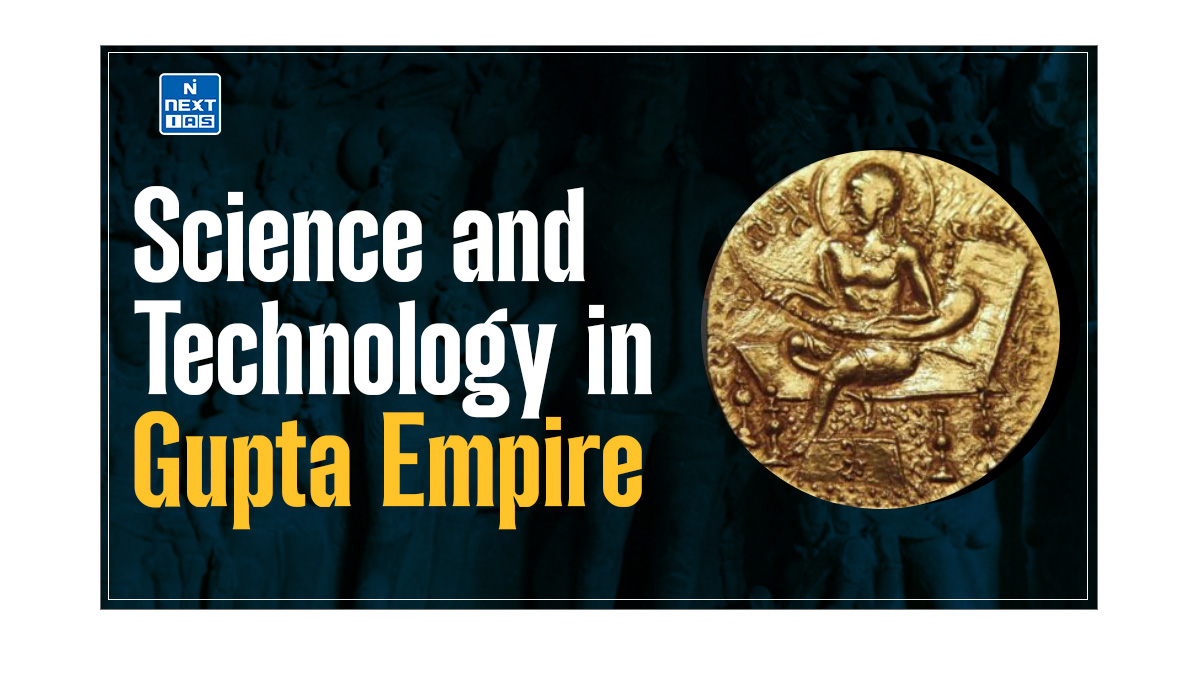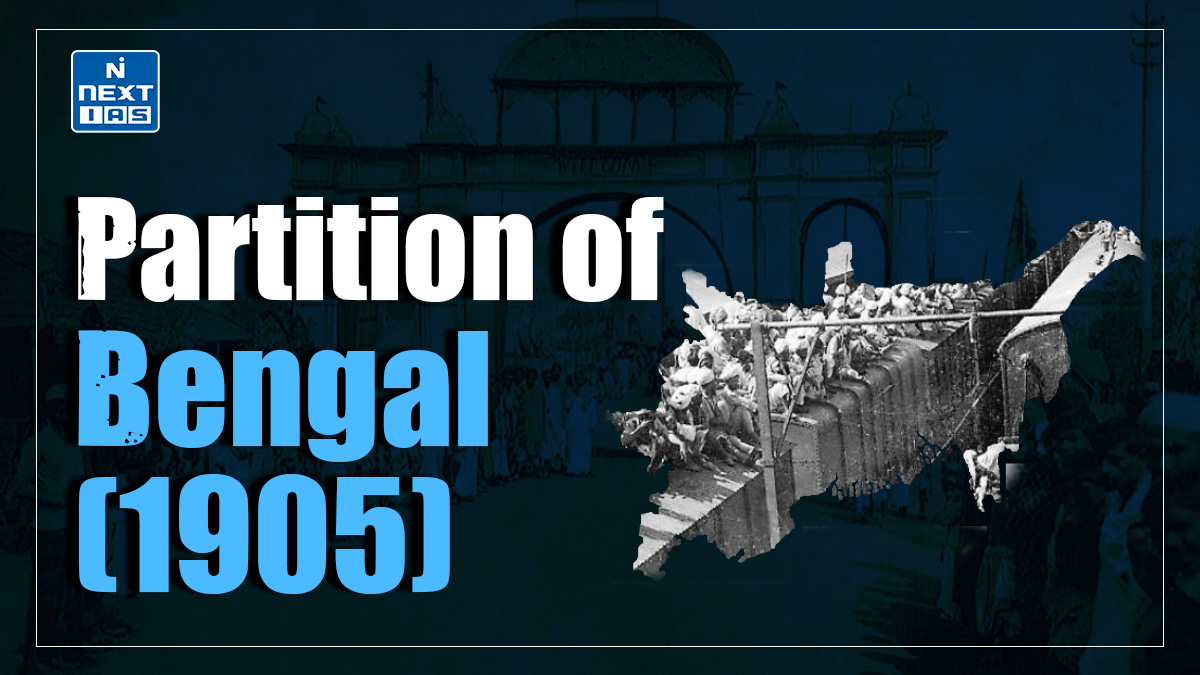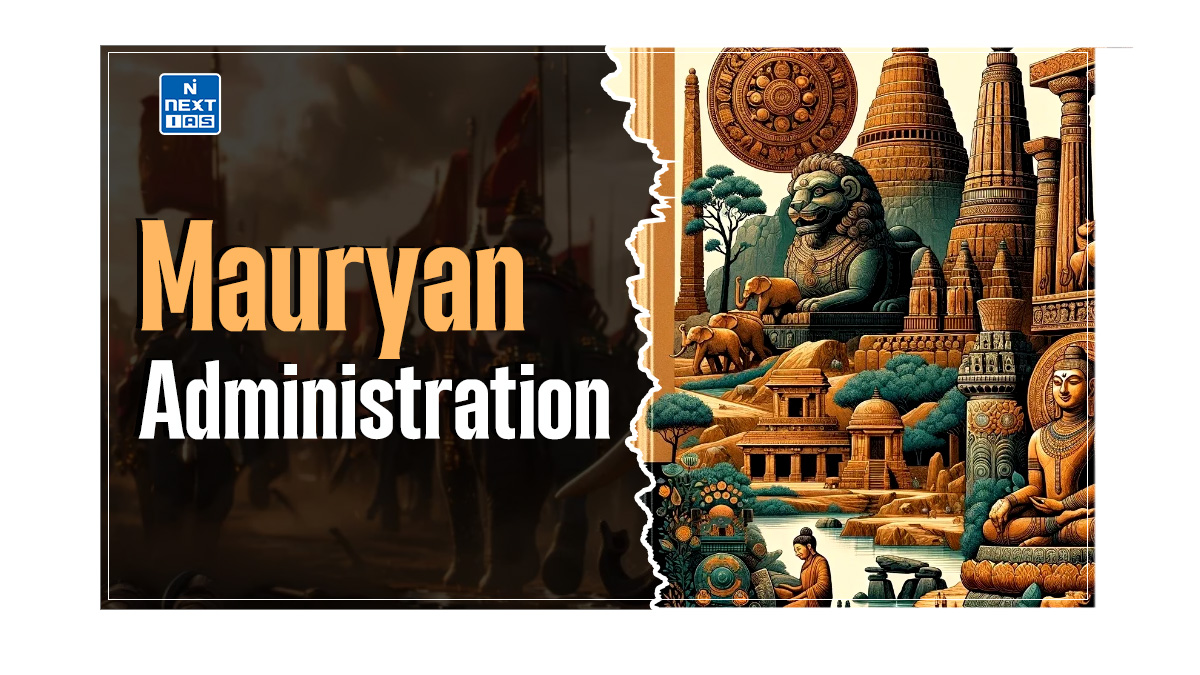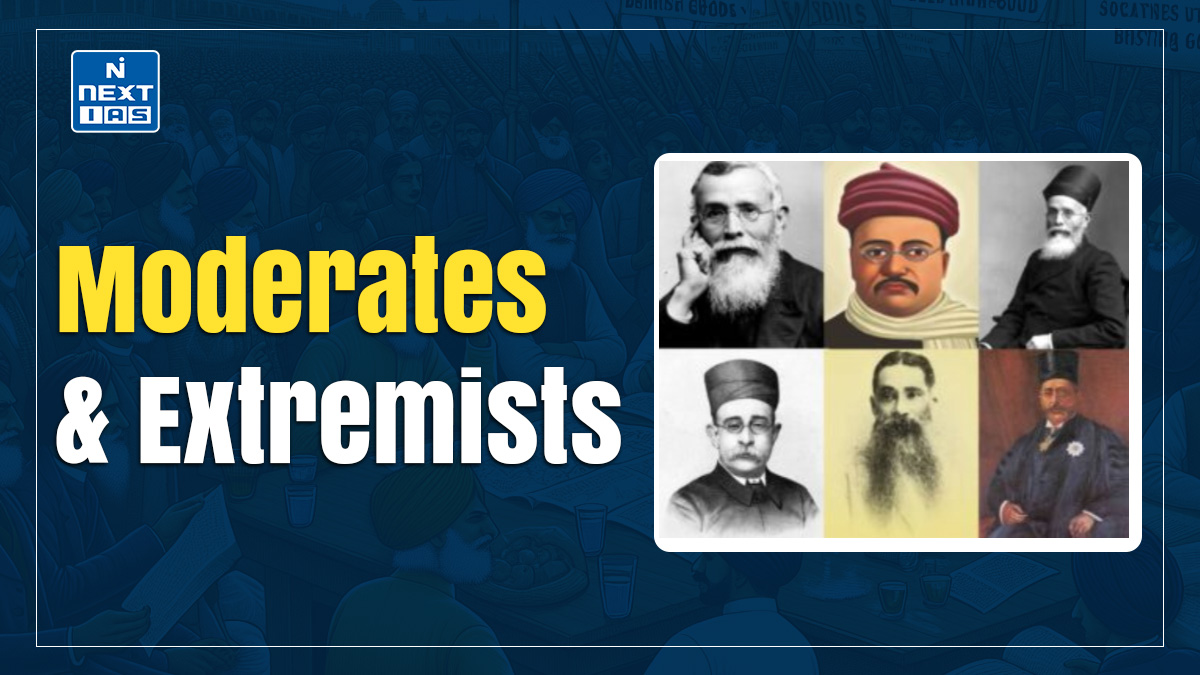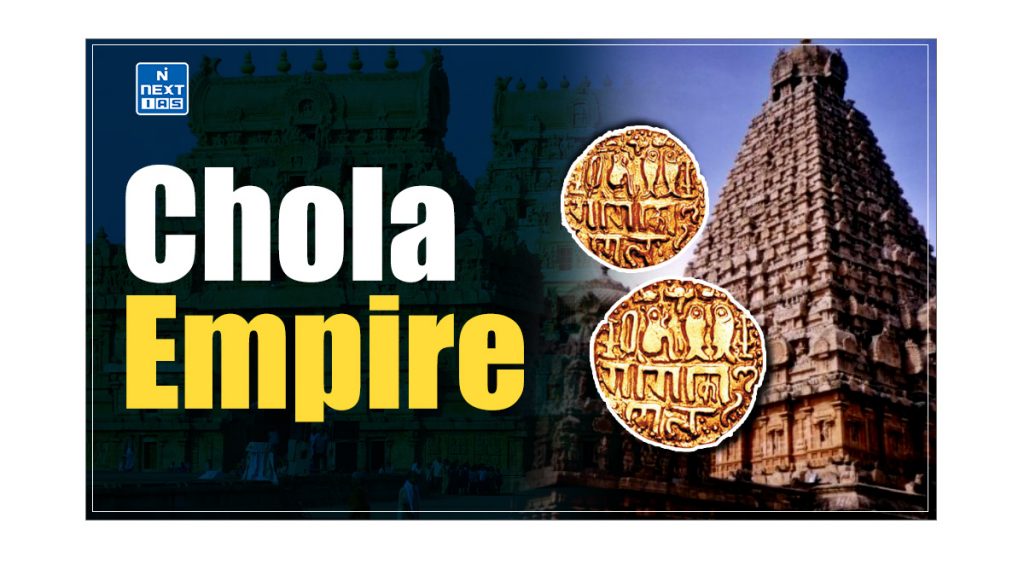
The Chola Empire, one of the longest-ruling dynasties in South Indian history, is renowned for its immense contributions to politics, economics, culture, and maritime power. Originating in the fertile plains of the Tamil region, the Cholas ruled over vast territories that stretched from present-day southern Andhra Pradesh to Tamil Nadu. This article aims to study in detail the origins, rise, major rulers, and contributions of the Cholas, as well as other related aspects.
About Chola Empire
- The Cholas Empire were one of the most prominent and ancient dynasties in South India, known for their contributions to political, economic, and cultural life.
- Emerging in the fertile lands of the Tamil region, they ruled vast territories that extended from modern-day southern Andhra Pradesh to Tamil Nadu.
- Their influence was so significant that their controlled area became known as “Cholamandalam,” from which the modern name “Coromandel Coast” is derived.
- The early Chola Empire kingdom’s capital was Uraiyur (modern Tiruchirappalli), a city famed for its cotton trade.
- This strategic location enabled the Cholas Empire to control and participate in regional commerce, particularly in the cotton trade, which was highly valued across ancient trade networks.
- Control over the cotton trade boosted their economy and strengthened their political influence in South India.
- This combination of trade wealth and political dominance allowed the early Cholas to maintain a powerful and well-structured kingdom.
History of Chola Empire
- The Chola Empire was geographically situated between the Pennar and Velar rivers in modern-day Tamil Nadu.
- This strategic location allowed the Cholas to control a fertile and resource-rich region, crucial for the kingdom’s agricultural and economic prosperity.
- The proximity to rivers enabled easy access to water for agriculture while serving as natural boundaries for the kingdom’s territorial control.
- The early Chola capital, Uraiyur, was renowned for its cotton trade, making it an important regional economic hub.
- The fertile land around Uraiyur made it a centre for cotton production, and its thriving cotton trade significantly contributed to the wealth and growth of the Chola Empire.
- The city’s prominence as a commercial centre attracted merchants and traders, further enhancing its reputation in South India.
- One of the most notable events in early Chola history was King Elara’s conquest of Sri Lanka in the 2nd century B.C. Elara, a Chola king, successfully invaded and ruled the island for approximately 50 years.
- His reign marked one of the earliest known instances of Chola expansion beyond the Indian mainland.
- Elara’s rule over Sri Lanka is often remembered for its fairness and justice, and he earned respect even from his adversaries.
- This conquest expanded the Cholas’ influence into foreign territories and began their aspirations for overseas dominance, which would later be realised during the empire’s golden age.
Founder of Chola Empire
- Vijayalaya Chola, the founder of the Chola Empire, established the dynasty in the 9th century by capturing the city of Thanjavur from the Mutharaiyar rulers around 850 CE.
- Originally a feudal lord under the Pallavas, Vijayalaya took advantage of the declining power of the Pallavas and Pandyas to carve out a kingdom for himself.
- His reign marked the revival of Chola’s power after centuries of obscurity, laying the foundation for one of the most powerful and influential empires in South Indian history.
Important Rulers of Chola Dynasty
Karikala Chola (Early Chola Period – 2nd century AD)
- One of the most well-known early Chola Empire rulers, Karikala, is credited with establishing Puhar (Kaveripattanam) as a major trading port.
- He constructed an extensive embankment along the Kaveri River to prevent floods and promote agriculture.
- Karikala’s military success, especially his victory at the Battle of Venni, established his dominance over the Cheras, Pandyas, and other regional chieftains.
- Under his rule, the Chola navy was strengthened, boosting maritime trade.
Vijayalaya Chola (Mid 9th century AD)
- He is considered the founder of the Imperial Chola dynasty, marking the resurgence of the Chola Empire in the 9th century.
- Vijayalaya captured Tanjore (Thanjavur) from the Mutharaiyars and made it the new Chola capital.
- His reign set the foundation for future Chola expansion, leading to the dynasty’s golden age.
Aditya I (871–907 AD)
- Aditya I succeeded his father Vijayalaya and expanded the Chola territory significantly by defeating the Pallavas.
- He annexed the Pallava territories, ending their influence, and laid the groundwork for Chola supremacy in South India.
- Aditya I’s military successes paved the way for the reign of his son, Parantaka I.
Parantaka I (907–955 AD)
- Parantaka I expanded the Chola Empire by annexing the Pandya territories and pushing the empire’s frontiers to the northern regions of Sri Lanka.
- He consolidated his rule over South India, making the Chola Empire one of the most dominant powers in the region.
- His reign saw a focus on agricultural development and temple construction.
Rajaraja I (985–1014 AD)
- Rajaraja I was one of the greatest rulers of the Chola Empire. He expanded the empire’s borders significantly, conquering territories in South India, Sri Lanka, and the Maldives, establishing the Chola Empire as a maritime power.
- His administration was highly efficient, with a well-organized bureaucracy and a strong naval fleet.
- Rajaraja I is also known for his contributions to art and architecture, particularly the construction of the Brihadeeswarar Temple in Thanjavur.
Rajendra Chola I (1014–1044 AD)
- Rajendra Chola I, son of Rajaraja I, extended the empire’s reach further by launching successful naval expeditions to Southeast Asia, specifically the Srivijaya Empire.
- He also annexed territories in northern India, marking the height of Chola power.
- Rajendra Chola I built a new capital at Gangaikonda Cholapuram and constructed the famous Gangaikonda Cholapuram Temple.
- His reign marked the zenith of the Chola Empire’s naval supremacy and territorial expansion.
Rajadhiraja Chola (1044–1054 AD)
- Rajadhiraja Chola, son of Rajendra Chola I, continued the legacy of military expansion and strengthened the empire’s dominance.
- He led several successful campaigns in Sri Lanka and against the Chalukyas but was killed in battle, marking the beginning of a slow decline in the Chola Empire’s fortunes.
Kulottunga I (1070–1122 AD)
- Kulottunga I is notable for restoring stability to the Chola Empire after a period of political turbulence.
- His reign saw the consolidation of Chola authority and peace within the empire. He emphasized administrative reforms and economic prosperity.
- He maintained good relations with neighboring kingdoms and focused on trade relations with Southeast Asia.
Rajaraja Chola III (1216–1246 AD)
- Rajaraja III’s reign witnessed internal strife and increasing challenges from external forces, such as the Hoysalas and the Pandyas.
- His inability to maintain the vast empire led to the beginning of the empire’s decline.
Rajendra Chola III (1246–1279 AD)
- Rajendra Chola III was the last ruler of the Chola dynasty. His reign marked the final phase of the Chola Empire, which faced significant pressure from the Pandyas.
- The empire finally collapsed during his reign, with the Pandyas emerging as the dominant power in South India.
Capital of Chola Empire
- The capital of the Chola Empire was Thanjavur (also known as Tanjore), which was established as the political and cultural centre of the dynasty during the reign of Vijayalaya Chola.
- Thanjavur became the hub of Chola administration, art, and architecture, and under subsequent rulers like Raja Raja Chola I, it flourished further with the construction of magnificent temples, including the famous Brihadeeswara Temple.
- The city played a vital role in the empire’s growth and dominance in South India and Southeast Asia.
Administration of Chola Kingdom
- The administration of the Chola Empire was highly organised and efficient, with a strong central authority under the king, who was considered the supreme ruler.
- The Chola Empire was divided into various administrative units such as mandalams (provinces), nadus (districts), and kottams (smaller units), each governed by officials appointed by the king.
- Local self-governance played a significant role, with village assemblies or sabhas being responsible for managing local affairs, such as irrigation, land revenue, and law and order.
- The Chola administration maintained a well-structured bureaucracy, with a sophisticated system of land revenue collection, military organisation, and an emphasis on infrastructure, including constructing temples, roads, and irrigation systems.
Economic Strength of Chola Empire
- The Chola economy was primarily supported by the cotton trade, a significant wealth source.
- The Chola Empire has prosperous trade led to the emergence of key urban centres like Puhar (Kaveripattanam) as vital commercial hubs.
- These two cities were essential for commerce, attracting merchants from different regions due to their flourishing markets.
- They also became centres for export, especially in textiles and other goods.
Naval Power of Cholas Empire
- The Cholas Empire has maintained a highly effective naval force, one of the first in South Indian history to project power over the seas.
- This naval strength enabled them to control the Bay of Bengal and secure trade routes extending to Southeast Asia.
- The Chola Empire’s navy protected merchant ships and expanded its influence over nearby island nations, including parts of Sri Lanka.
- Their naval prowess also spread Indian culture, religion, and trade networks to Southeast Asia.
Decline of Early Cholas
- Following Karikala’s reign, the Chola dynasty began to weaken under less capable rulers who could not maintain the same level of power and control.
- The destruction of the capital, Kaveripattnam, marked a crucial turning point.
- This devastation not only crippled the Chola economy but also led to a gradual erosion of their administrative power.
- The neighbouring Chera and Pandya kingdoms took advantage of the weakened Chola state, expanding their territories at the expense of the Cholas, further diminishing the Chola kingdom’s influence in the region.
- From the 4th century AD to the 9th century AD, the Chola Empire had a marginal role in South Indian politics.
- Their earlier dominance of the Chola Empire was overshadowed by more powerful dynasties like the Pallavas and the Pandyas.
Conclusion
In conclusion, the early Cholas Empire contributed significantly to trade, military conquests, and naval prowess, with notable achievements like the economic prosperity of the cotton trade and the establishment of a powerful navy. However, weak leadership and external threats led to their decline. Despite their early decline, the Chola dynasty experienced a remarkable resurgence in the 9th century, setting the stage for the golden age of the Cholas Empire under rulers like Rajaraja I and Rajendra Chola.
Frequently Asked Questions (FAQs)
Who was the founder of Chola empire?
Vijayalaya Chola was the founder of the Chola Empire.
Which kingdom destroyed the Chola rule?
The Pandyas, followed by the Hoysalas, contributed to the decline of the Chola rule.

